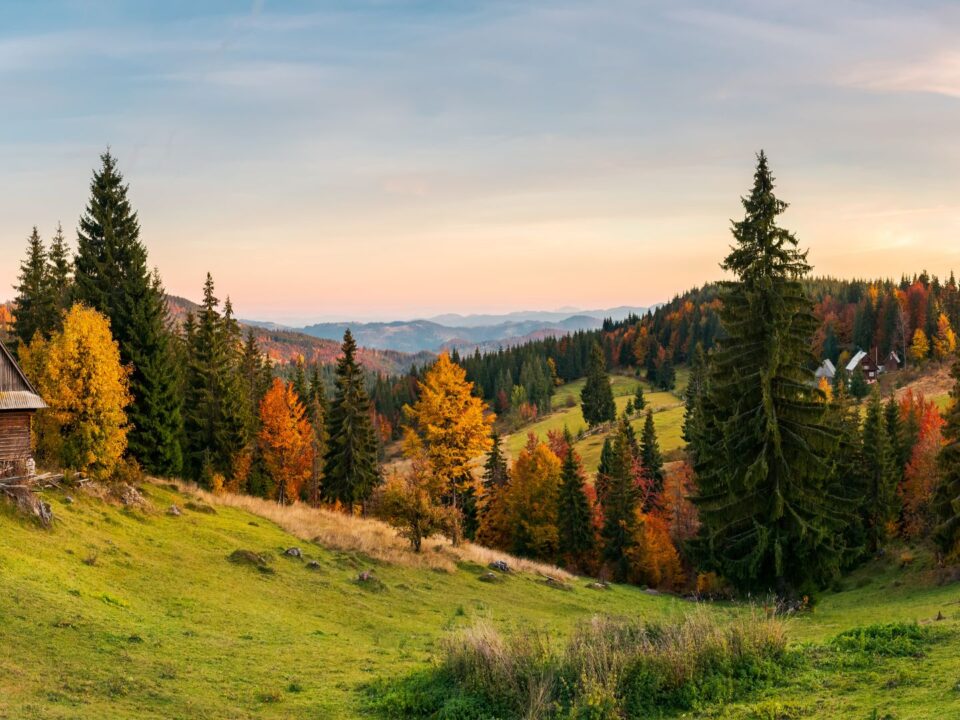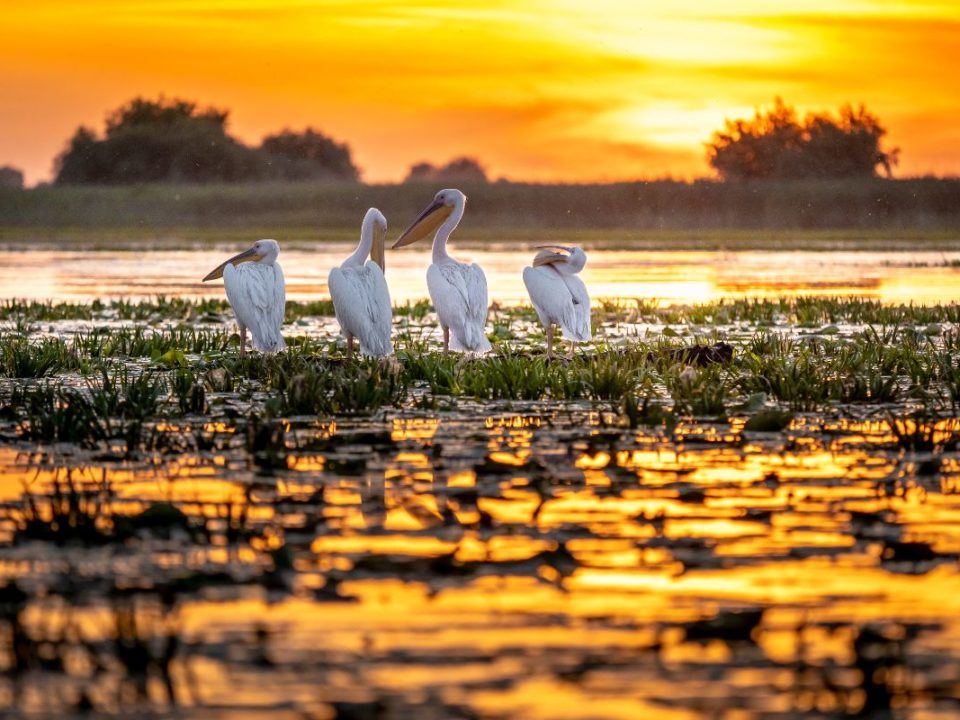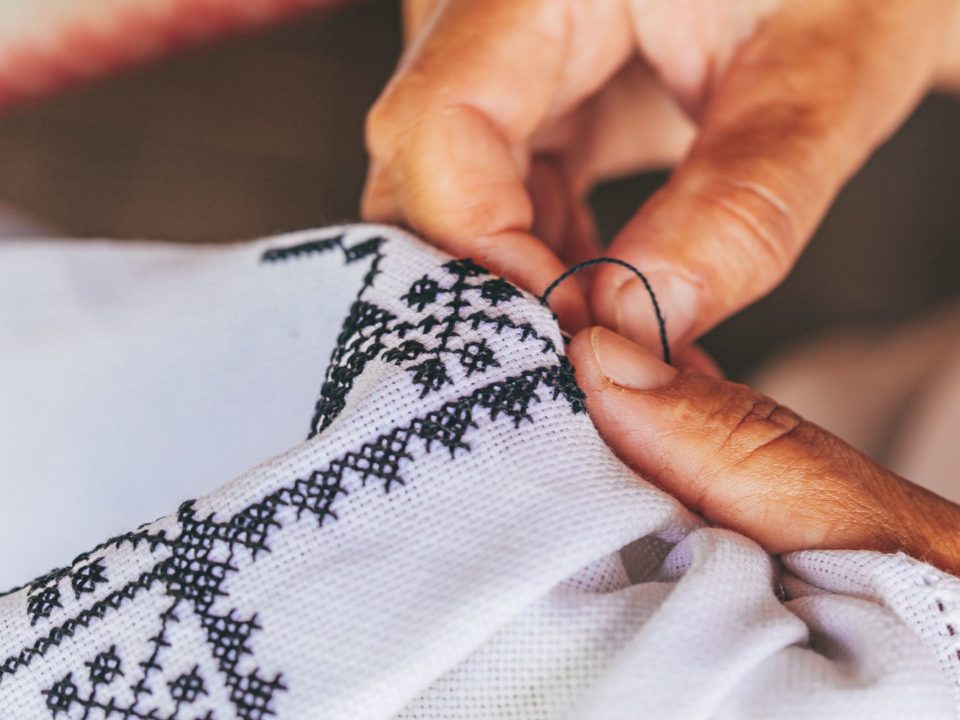Brasov: The crown of Transylvania
April 15, 2014Bucharest: The Paris of the East
May 11, 2014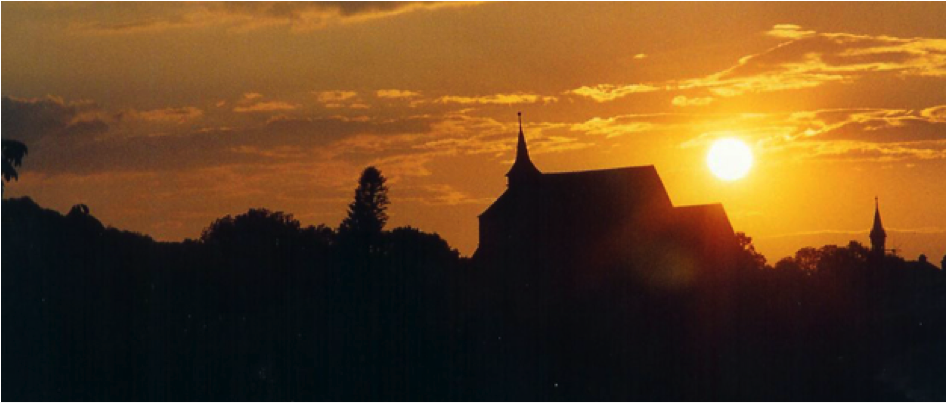
As the sun sets over Sighişoara, do blood-sucking creatures of the night awake to feast? (Source)
My journey through Transylvania has been vampire-free so far, but it’s high time to fill this major gap. My third destination happens to be the birth place of Vlad the Impaler. It’s hard to believe the fair city of Sighisoara was once the home of the ruler whose ruthlessness inspired Bram Stoker to create the archetypal Nosferatu: Count Dracula. The anticipation is eating at me already!
Centuries of architectural talent
It is tempting to pigeonhole Sighisoara as the vampire capital of Romania, but the city has too many other goodies to offer which deserve more prominent mention than legends of violence and monsters in human hide.
As many other Transylvanian cities, Sighisoara was founded by Saxon settlers during the Middle Ages. It enjoyed a particularly high concentration of skilled craftsmen, artisans, and master builders, enough to spawn over 30 distinct professional guilds during the city’s heyday. The results of this talent pool are still plain to see. The Clock Tower is the most prominent landmark, so this is where I will head first.
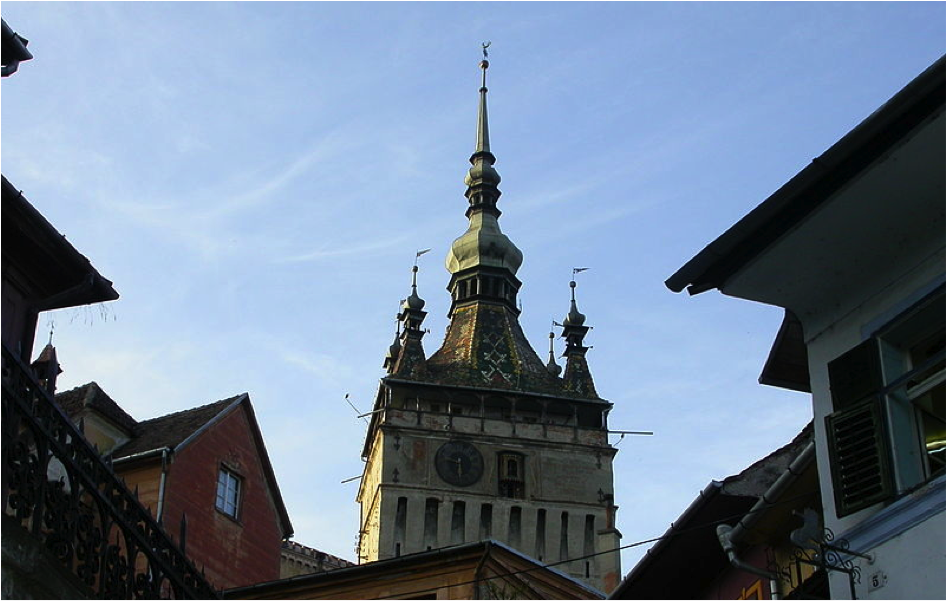
The Clock Tower in the Citadel, Sighişoara’s Old Town. (Source)
From there I would continue walking around the Citadel – the official name for Sighisoara’s historic Old Town dating back to the 12th century. As a UNESCO World Heritage Site, it preserves the Transylvanian Saxon architecture and culture splendidly and serves as a great example of the interaction between the Latin West and the Byzantine/Oriental East. After swinging by the Weapons Museum, I would take the Covered Staircase to the Church on the Hill, which has impressive Gothic designs and a great view over the Citadel.
Knowing how hungry sightseeing gets me, I will likely finish this tour even higher, at the Vila Franka plateau with some good food and more amazing views of the whole city.
Medieval festival and other celebrations
Sighisoara may be small (about 26,000 inhabitants according to the latest census), but it packs a lot of action to match its beautiful sights. The major summer event is the Medieval Festival where the city’s past comes to life. Knights, merchants, craftsmen, and royals walk the cobblestoned streets of the Citadel once more. This usually happens in July, so I will definitely try to make it!
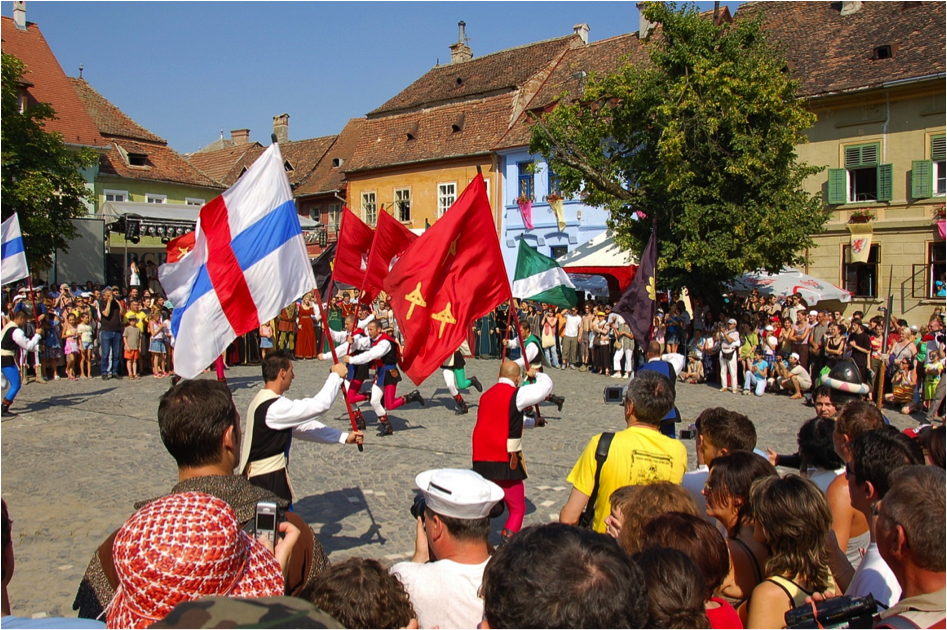
A traditional folk dance at the Medieval Festival in Sighişoara. (Source)
Apart from Medieval celebrations, the city offers an interethnic cultural festival where Romania’s diverse communities display their traditional arts and crafts. Coming from a diverse Balkan nation myself, I am curious to see how the ethnic mix and exchange worked there. If I am lucky, I will also catch the Sighisoara Blues Fest. I will pack my trusty Telecaster and maybe rip out a solo during the open mic hour.
Vlad Dracul’s home
I promised you vampires at the beginning of this article, so there goes: Sighisoara is the official home of Vlad Dracul a.k.a Vlad the Impaler a.k.a Count Dracula. The Romanian vampire mythos starts and ends with him, and his birthplace is appropriately creepy, especially at night.
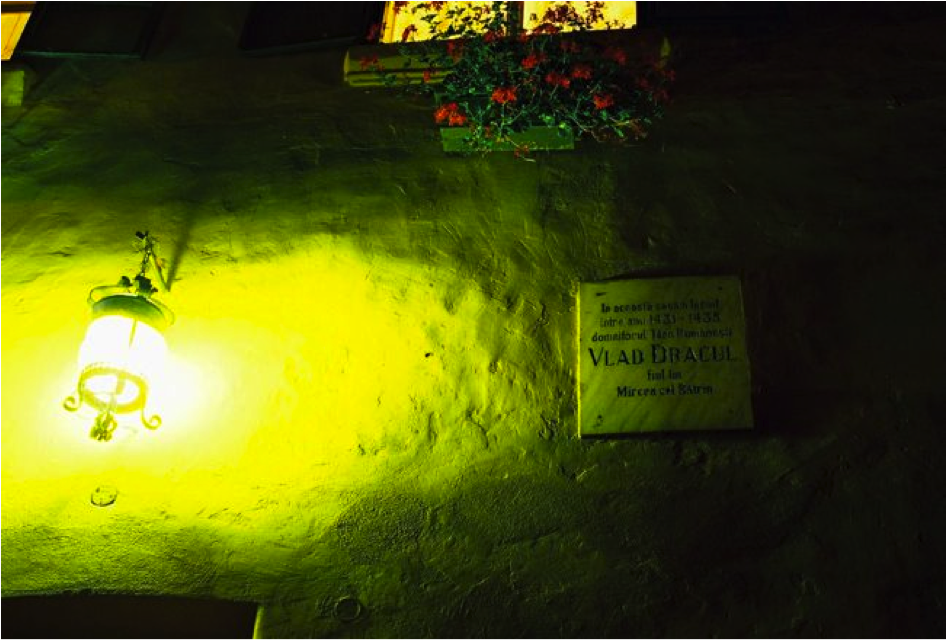
The birth place of Vlad Dracul in the Citadel of Sighişoara. (Source)
The city also immortalized the 15th-century blood-thirsty ruler in a bust not far from his home. In the early 2000s, there were plans for a Dracula theme park just outside of Sighisoara, but local residents and politicians chose to preserve the nature and architecture of the region rather than play into regional and national stereotypes. Knowing how much more a trip to Sighisoara can offer, I can only agree!
***
I might have been attracted to Sighisoara because of the vampire legend, but as usual, I found much more exciting features to this Transylvanian city. Small yet rich in culture and sights, it will make a welcome break from the larger places on my itinerary. And yes, I will bring a cross and some garlic just in case.

